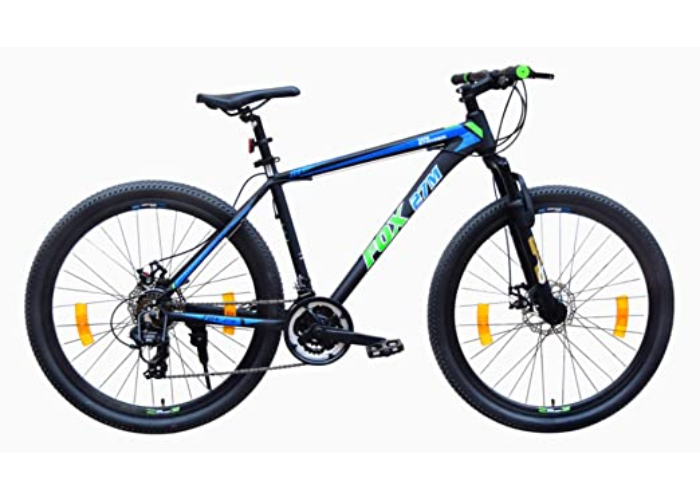Radiant heating feels warmer than other systems, and it doesn’t distribute allergens like forced air systems do. It also saves money on energy bills due to lower duct losses. All materials emit radiant energy, and each material has a different ability to absorb this energy. Air is a poor absorber, while concrete is an excellent one.
-
Check the Frame
Radiant heat systems rely on various plumbing pipes to transport hot water throughout the house, similar to how your household water pipes work. These pipes produce banging or knocking noises when they experience a change in pressure that is not handled properly. This often happens when air pockets are not allowed to escape through the pipes, causing them to “hammer” against each other. This can be especially troublesome when the system shuts off and the pipes are suddenly under compression.
To prevent this issue, make sure there is a 2-3 inch clearance between radiant heated floors and furniture with flat or boxed bottoms, such as large sofas or beds. Also, make sure any repaired heating cables are properly spliced and laying flat on the floor before installing floor coverings.
-
Check the Brakes
If you hear squeaking sound from your bike while pressing the brakes it is usually an indication of worn out pads. To fix this simply replace the old ones with new ones. You can easily find these at any local bike shop.
Bike brakes work by grabbing onto the wheel’s rim to stop it from moving. However, sometimes they can become spongy and less effective when you try to use them. This is because they don’t have constant pressure on the wheel and can be caused by many things.
One of the most common reasons for spongy brakes is because the cable attached to them is not tight enough. It is also a good idea to clean and lubricate the brake levers every now and then. This will help them to be more effective. It will also make them easier to pull when you are braking. If you have a problem with your brakes, you should get it fixed immediately to avoid an accident.
-
Check the Seat
During the combustion of gas in standard furnaces, heat energy is transferred from the fuel to air and then to your living spaces. Slip on motorcycle exhaust tubes are a way to bypass that problem, using water or metal instead of air to transfer the energy and eliminating some of the heat loss. But radiant tubes aren’t indestructible, and they can be subjected to many different problems that lead to premature failure. One of the most common issues is improper burner alignment, which can cause the flame to come into contact with the tube and damage it. Another is incorrect gas/air ratios that can create carbon deposits that accelerate deterioration of the metal. Continually cycling your furnace on and off can also degrade the tubes. This is an attempt to save money on energy and operating costs but could be very damaging in the long run.
-
Check the Chain
The chain is one of the most important parts of a bike. It is what keeps your wheels spinning around so that you can go places and see the sights. It is also what helps you to get up and over those inclines on your ride. This is why it is so important to make sure that your chain is in good shape.
Some people like to compare radiant to “wet” or “dry” heat – but there is no scientific definition of wet or dry heat other than heat and moisture. Radiant systems can be operated with so called programmable thermostats, but the optimum way to control them is with indoor/outdoor controllers or reset controls (sometimes referred to as weather compensators).
Ventilation is required by building codes and this requires air – regardless of what system you have. This is why radiant systems enable balanced 100% dedicated outdoor air ventilation systems with the highest ventilation efficacy of any other system.
